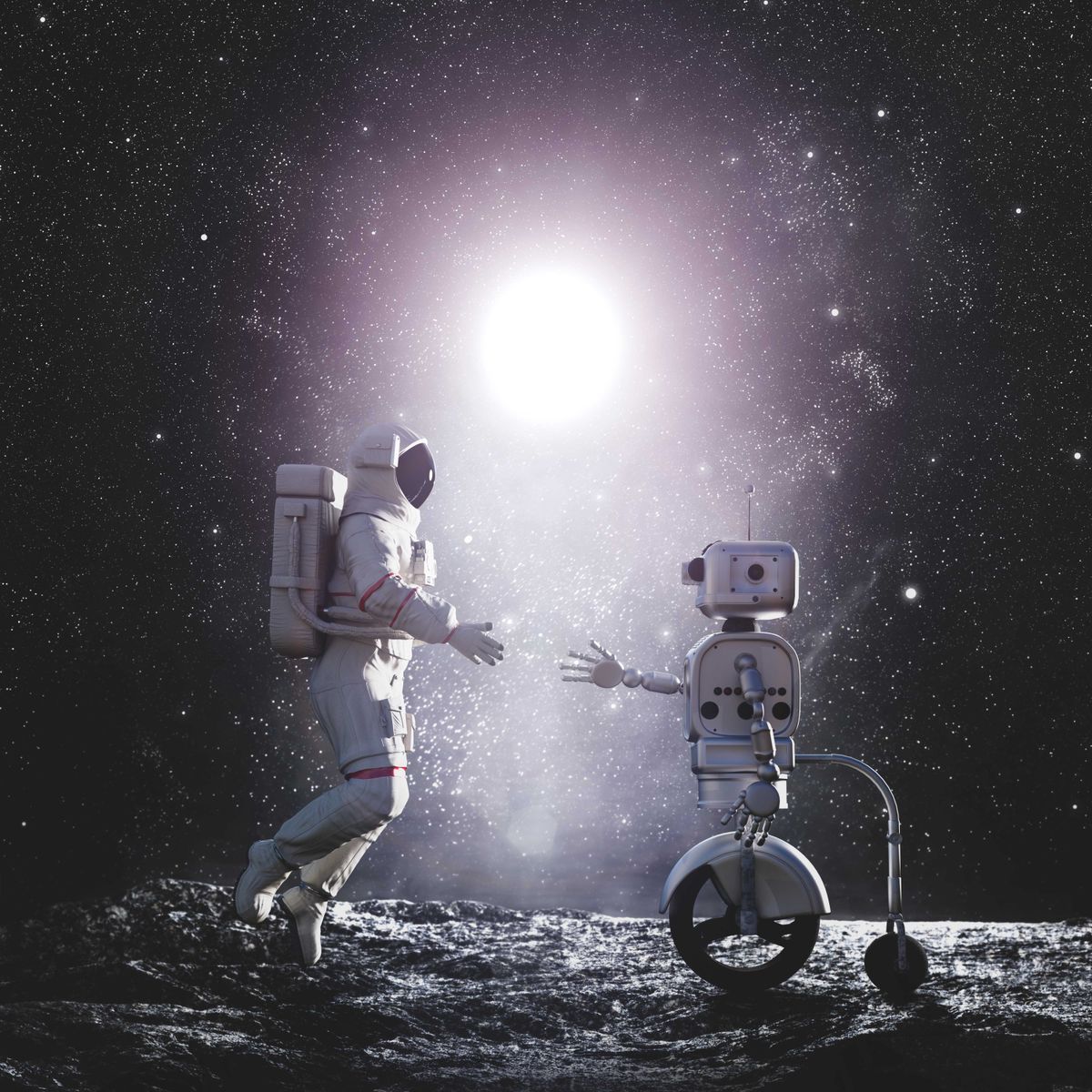

The Role of Technology in Space Exploration: A New Frontier
As we gaze up at the starry night sky, it’s hard not to wonder what lies beyond our planet. For decades, humans have been fascinated by the mysteries of space, and the desire to explore and understand the vast expanse of the cosmos has driven innovation and technological advancements. Today, technology plays a pivotal role in space exploration, enabling us to venture further into the unknown, gather critical data, and push the boundaries of human knowledge.
The Dawn of Space Exploration
In the early 20th century, space exploration was largely theoretical, with pioneers like Konstantin Tsiolkovsky and Robert Goddard laying the groundwork for modern spaceflight. The launch of Sputnik 1 in 1957 marked the beginning of the space age, and the subsequent Apollo missions in the 1960s and 1970s saw humans walk on the Moon for the first time. These early achievements were made possible by significant advancements in rocketry, propulsion systems, and communication technologies.
The Digital Revolution
The advent of digital technology in the 1980s and 1990s revolutionized space exploration, enabling the development of more sophisticated spacecraft, telescopes, and satellites. Digital signal processing, data compression, and storage capabilities allowed for the transmission and analysis of vast amounts of data, greatly enhancing our understanding of the universe.
One of the most significant technological advancements in space exploration has been the development of computer systems and software. From mission planning to data analysis, computers have become an integral part of space exploration. The Mars rovers, for example, are controlled remotely using sophisticated software that enables scientists to issue commands and receive data in real-time.
Advances in Propulsion Systems
Propulsion systems have undergone significant transformations, enabling spacecraft to travel faster, farther, and more efficiently. Traditional chemical propulsion systems have given way to more advanced technologies like ion engines, Hall effect thrusters, and nuclear propulsion.
For instance, NASA’s Deep Space 1 mission, launched in 1998, used an ion engine to propel the spacecraft to record-breaking speeds, achieving a top speed of over 40,000 miles per hour. Similarly, the European Space Agency’s (ESA) SMART-1 mission used a Hall effect thruster to propel its spacecraft to the Moon.
Satellites and Telescopes
Satellites and telescopes have become essential tools in space exploration, enabling us to study the universe in unprecedented detail. From Earth-observing satellites like NASA’s Terra and Aqua to space-based telescopes like the Hubble Space Telescope and the Kepler Space Telescope, these technologies have greatly expanded our understanding of the cosmos.
The Hubble Space Telescope, launched in 1990, has made numerous groundbreaking discoveries, including the determination of the rate of expansion of the universe and the detection of dark energy. The James Webb Space Telescope, set to launch in 2023, will build upon Hubble’s legacy, studying the formation of the first stars and galaxies in the universe.
Robotics and Artificial Intelligence
Robotics and artificial intelligence (AI) have become increasingly important in space exploration, enabling the development of autonomous systems that can operate in extreme environments.
The Mars rovers, Spirit and Opportunity, launched in 2003, were equipped with autonomous navigation systems, allowing them to traverse the Martian terrain without human intervention. More recently, the Curiosity rover, launched in 2011, has been using AI to analyze Martian rock samples and navigate its surroundings.
Communication Technologies
Effective communication is critical in space exploration, and advances in communication technologies have enabled the transmission of vast amounts of data over vast distances.
NASA’s Deep Space Network, a system of radio telescopes around the world, provides communication links between Earth and spacecraft. The network has enabled the transmission of critical data from spacecraft like Voyager 1, which is currently over 14 billion miles away from Earth.
Private Sector Involvement
In recent years, the private sector has played an increasingly important role in space exploration, driving innovation and reducing costs.
Companies like SpaceX, Blue Origin, and Virgin Galactic are developing reusable launch systems, reducing the cost of accessing space and enabling more frequent launches. SpaceX’s Dragon spacecraft, for example, has successfully resupplied the International Space Station and is poised to play a critical role in NASA’s Artemis program to return humans to the Moon.
Challenges and Opportunities
Despite the significant progress made in space exploration, numerous challenges remain. The harsh environment of space poses significant technical challenges, and the vast distances involved make communication and navigation difficult.
However, these challenges also present opportunities for innovation and advancement. As we continue to push the boundaries of space exploration, we will undoubtedly uncover new technologies and techniques that will benefit humanity as a whole.
Conclusion
In conclusion, technology has played a vital role in space exploration, enabling us to venture further into the unknown and expand our understanding of the universe. From propulsion systems to communication technologies, digital signal processing to robotics and AI, each advancement has built upon the last, paving the way for future explorers.
As we gaze up at the starry night sky, we are reminded of the infinite possibilities that lie before us. The role of technology in space exploration will continue to evolve, driving innovation and pushing the boundaries of human knowledge. The next great leap in space exploration is just around the corner, and it will be technology that enables us to take that leap.




